'REIMAGINING' Customer Experience
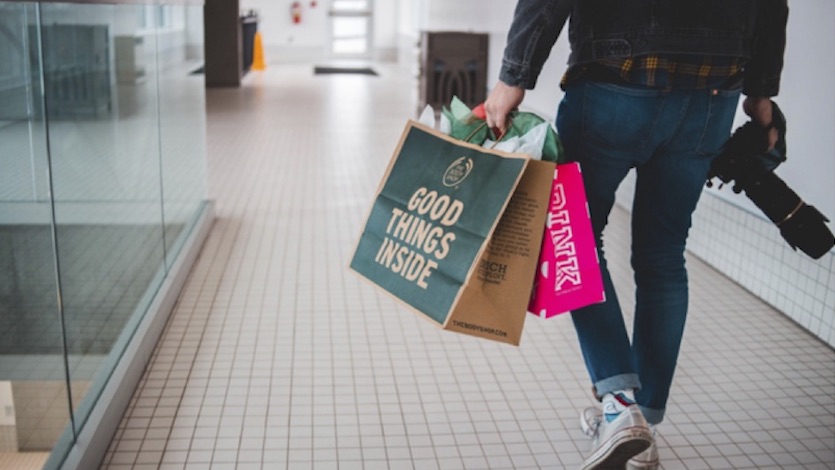
Even before COVID 19 times, the footfalls were a challenge for many of the retailers especially the lifestyle retailers. Several of them were moving in direction of premiumization and personalization. We think that was a move in the right direction.
The current scenario is a very different one. We are at least nine to twelve months away from full recovery. Till that time the social distancing will be a reality. This means for this duration the consumers are unlikely to go shopping to the brick-and-mortar stores that often.
For retailers, this period of social distancing will not be business as usual. Instead of waiting for the customers to come to their shops, they would have to reach to the customers in their homes. At the same time given the uncertainties, retailers and brands need to review their strategies almost on a daily basis and take step by step approach of building the new customer experience. To start with product availability and safety shall be the first step on the roadmap.
In this light, what should be the way forward for brands and retailers during this partial lockdown and after full recovery? We present 5 ways that will help retailers and brand to adapt and act, in the post Covid world and deliver a new customer experience.
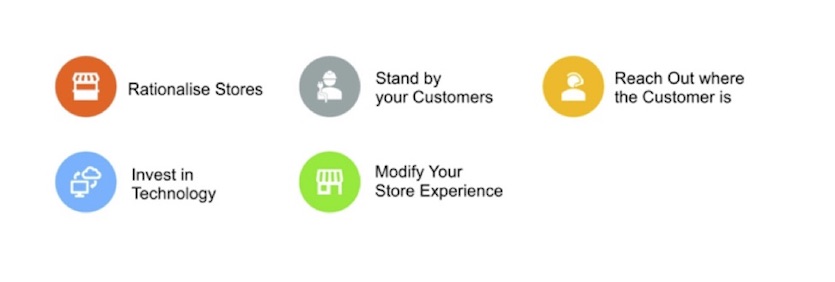
1. Rationalize Stores but Keep the Post COVID picture in Mind
Imagine an apparel retailer with a turnover of INR 3000 crores is able to sell only 10-15% of its normal sales during the partial lockdown period. So while the revenue will be only 10%, the fixed cost including rentals, manpower, electricity, etc. would be running into 15% of its normal turnover of INR 3000 crore i.e. INR450 crore p.a.
This is an unbearable loss for many. They would have to bite the bullet and rationalize their stores. They may consider closing some stores temporarily and many under-performing stores permanently.
We understand that this would be a tough call given that things may recover after 12 months. Closing down some stores may impact their chances of recovery post COVID. Retailers are facing this big dilemma of curtailing losses and preserving the store assets. This would call for a store by store performance analysis, rental agreements, understanding the local COVID situation, and the evolution of the E-commerce marketplaces. The store team of the closed stores can be used for catering to the customers staying in the catchment.
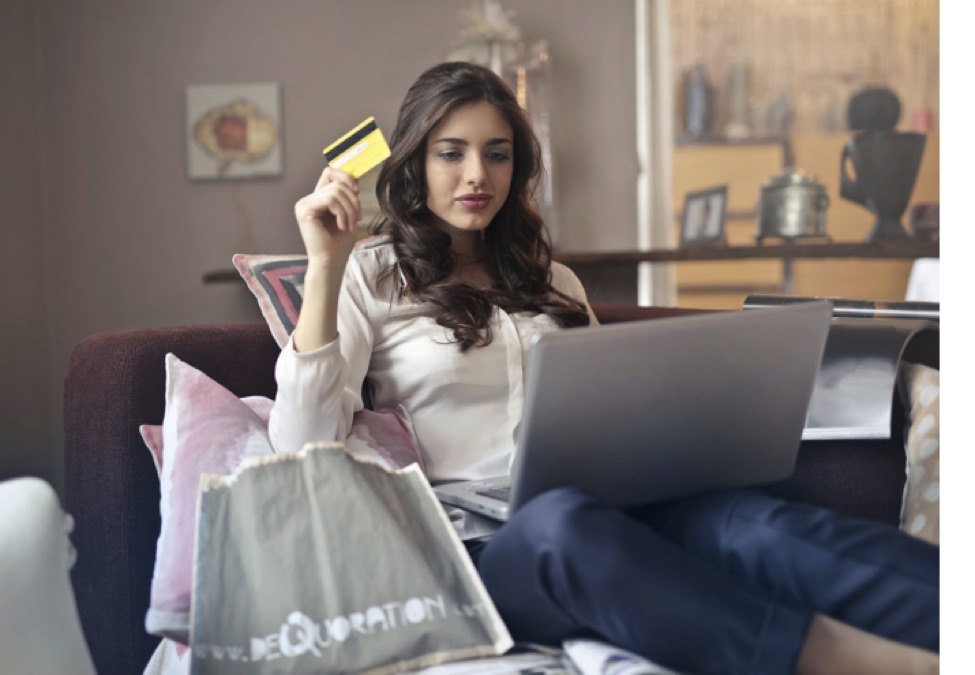
On another note, retailers, and brands may have to rationalize their product offering by 20-30% due to demand and supply constraints. We shall talk about this in another post very soon.
2. Your customers need you, in the crisis hours
Many of the brands have stopped branding and marketing activities during this period of lockdown. However, the customer interactions in this hour of crisis can have a long-lasting impact on the consumer's mind. We feel that the current situation calls for an empathetic attitude towards the customer. Customers want to understand what steps are being taken by the brand to fight the situation and in what way they are helping the society and their customers.
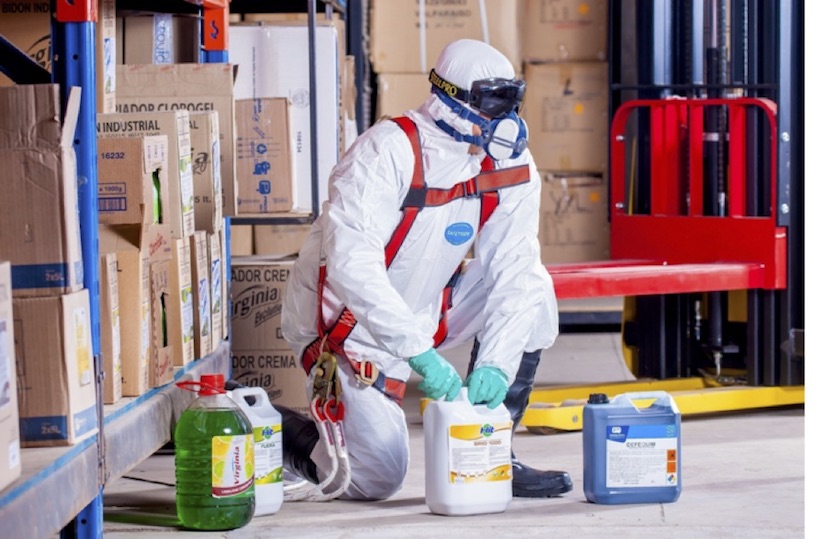
3. Reach Out where the Customer is – The 'ways' may be different for Pre & Post Recovery
We are going to see a major channel shift during the partial lockdown stages before we see settling down with the new normal. With social distancing prevailing for another nine to twelve months, the retailers and brands would have to serve the customers at their doorsteps. This means that the share of sales from E-commerce marketplaces, direct salesforce, phones, and digital channels would increase substantially in the partial lockdown stage before correcting itself once the stores are open full time and the crowd is back.
In the food and grocery space, we have witnessed major innovations where retailers have shown agility and have transitioned to home deliveries. They have tied up with marketplaces and delivery partners and strengthened the digital presence substantially.
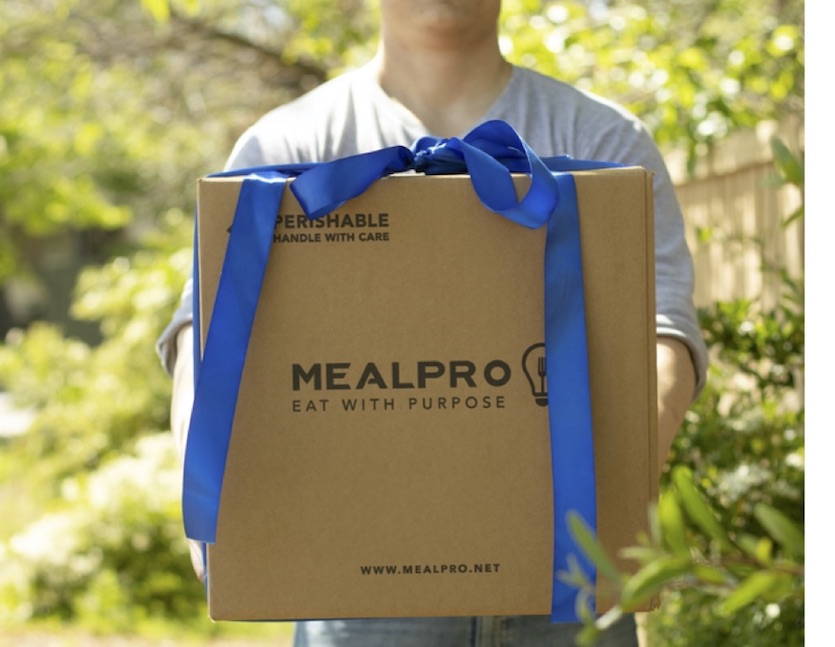
A leading hypermarket player who was getting only 2% of its sales from home delivery during pre-COVID Times, is now able to generate 40% to 50% of sales from home delivery. In the process, they are clocking sales of 70% to 80% of pre-COVID sales in the essential category.
Similarly, a leading mosquito repellent company through innovation in distribution is doing 110% of its pre COVID sales. These companies are acting agile, learning quickly, and moving with a great degree of determination. A retailer mentioned that normally it takes 2-3 months for a player to get listed on a marketplace like Amazon, they were able to do this now in a week’s time.
We strongly believe that retailers and brands would need to invest in their own E-commerce platforms which can be a great way of engaging the customers and also contributing towards the revenue of the organization besides providing a balance between various channel partners. In doing so, the brands and retailers must define the role and objectives of their E-commerce channel which can complement their other channels. This would minimize any kind of channel conflict. We believe that brands and retailers should differentiate their E channels through superior experience and better content in contrast to marketplaces which are typically promotion driven for masses.
In doing so the retailers and brands may have to face many challenges. In the past, our clients have often mentioned the non-readiness of sales and service set up which can cater to consumers at home. We do understand that it will not be easy, however, it is in this time of crisis that many innovations are conceived and executed. We think that the situation is ripe for innovations and the ecosystem is ready to experiment, collaborate, and contribute. Retailers and brands would like to leverage this to provide a customer experience that is appropriate for current times.
4. Invest in Technology but before that Create Objective Business Case
Technology can play an even more important role in engaging with customers. The technology players in CRM, omnichannel, virtual reality, and many other areas have helped retailers and brands significantly in the past. These technology players are likely to innovate faster than before. Retailers and brands would like to keep a watch on these developments and invest suitably to tide over the COVID situation. For example, automation in warehouses and inventory handling at various nodes would need to be undertaken to ensure touch free operations.
5. Reimagine and Transform Store Experience
Retailers would need to assure the customers that they are safe in their stores. This would mean that they would need to introduce contactless operations and manage the crowd at the stores. One of the measures they may like to consider is to allow shopping through invitation. This way they can gradually win over the customer's trust.
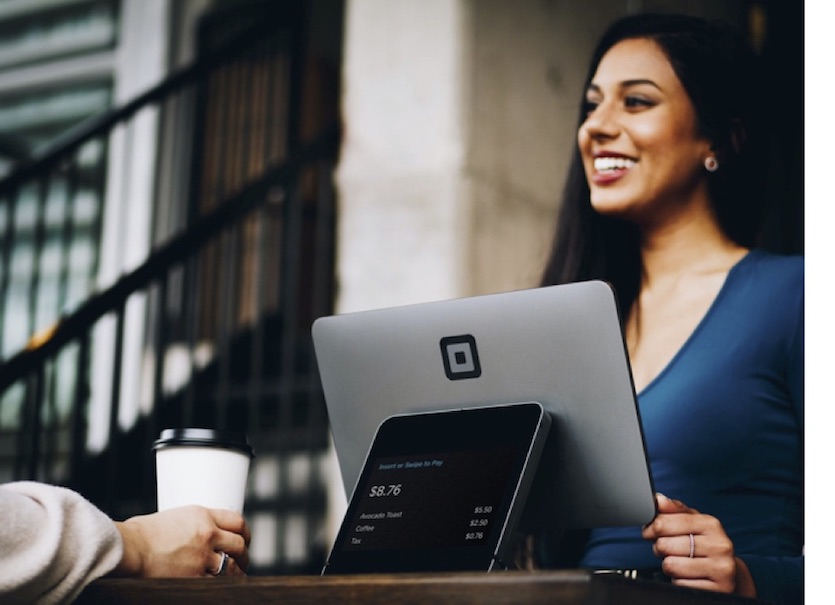
Customer experience would assume a very different meaning in the partial lockdown stage until it corrects back towards the old normal post recovery from COVID. Retailers would need to take tough calls on their store network and parallelly strengthen their capabilities for delivering to the customer's home.
The players in the essential categories have shown how to win the customers in the current situation, other players can surely take a leaf out of their books.





